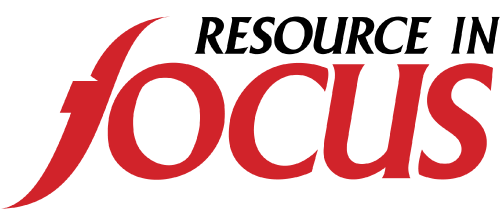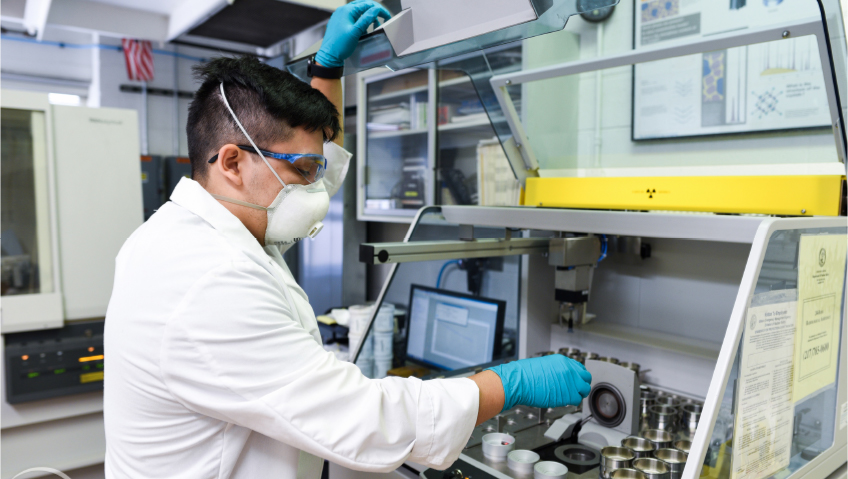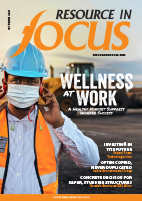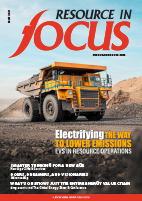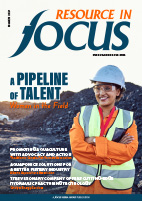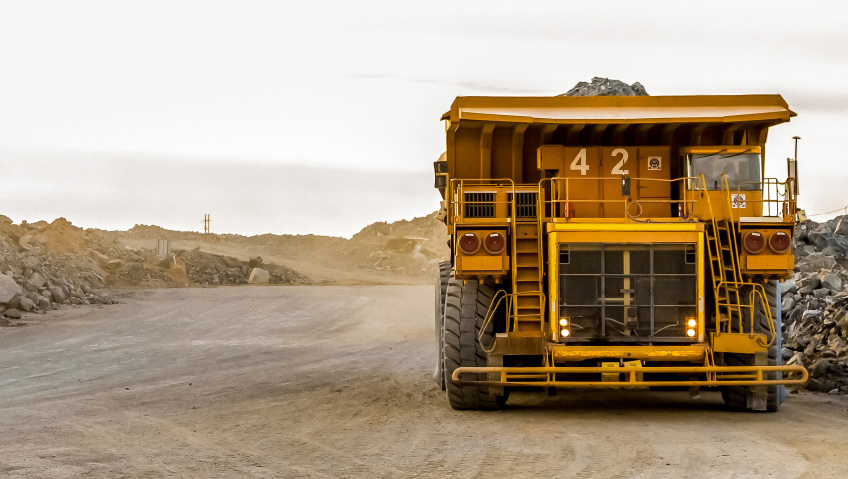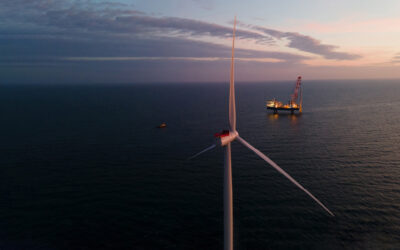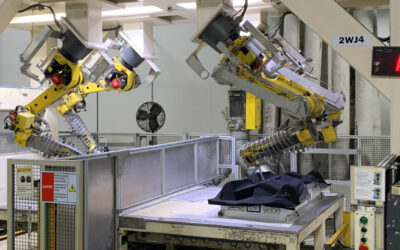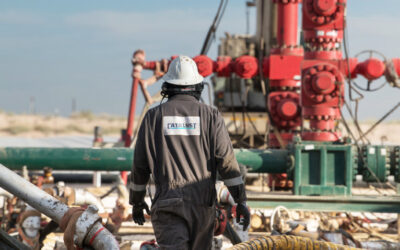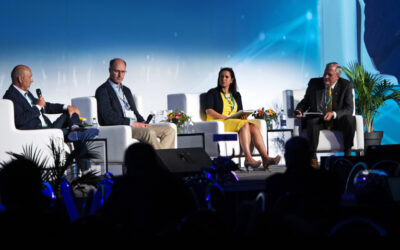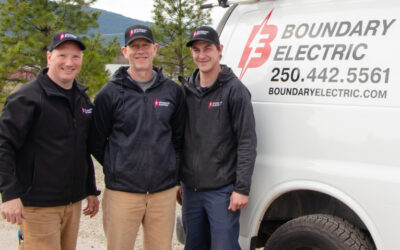There have been significant developments at CTLGroup since Construction in Focus profiled the Skokie, Illinois firm in October 2017. In addition to opening a New York City office, the company has adapted to the challenges of COVID and the opportunities presented by renewable energy and possible federal infrastructure funding.
“The single biggest change since 2017 is that we’re under new ownership,” says President Dennis McCann.
The venerable company was launched in 1916 as the research and development arm of the Portland Cement Association (PCA) then “spun off in the 1980s as a subsidiary consulting and testing firm. At the end of 2019, we were acquired by [Barco Investment Group]. That ended our hundred-year-plus direct connection to the PCA. We still maintain a very friendly relationship with our former owner,” he notes.
Another big change took place earlier this year when CTLGroup inaugurated a New York City office. “We have done work in New York City for many, many years but never had a physical office there,” states NYC branch Senior Architect and Manager Giulia Alimonti. She specializes in building envelope consultation, a field that can entail leak investigation, condition assessment, waterproofing issues, and building envelope exterior restoration. She has also worked on green and solar roofs, which are becoming increasingly common in New York City.
The company headquarters are still located on an eleven-acre campus with multiple buildings and ample laboratory space in Skokie. The firm has a third branch in Texas, which is being moved from Austin to Houston, and a joint venture with a lab in Qatar. CTLGroup recently closed an office in Florida but is eager to return to the Sunshine State.
The company’s engineers, architects, and scientists offer consulting, engineering, and testing services. Because of this, CTLGroup currently has ISO 9001, ISO 17025, AASHTO (American Association of State Highway and Transportation Officials), and NQA-1 (Nuclear Quality Assurance) certifications. Its labs are dedicated to materials testing of concrete, cementitious substances, industrial by-products, metals, mortar, and paints as well as microscopy and petrography – the scientific classification of rocks. A structural and transportation lab is responsible for testing rail car, track, and bridge components, among other tasks.
CTLGroup’s services cover building science, structural engineering and evaluation, materials science and engineering, concrete and cement-based materials, and laboratory work. The company’s services are provided to markets ranging from insurance and manufacturing to buildings, energy and resources, litigation, materials, rail, water resources, and transportation.
“We do a considerable amount of testing work for the railway industry. That includes both developmental tests that manufacturers and suppliers use to develop and optimize their products and testing to various railroad standards. We perform certification testing, often witnessed by an independent observer, to demonstrate that a product or component used in a railway application meets a specified performance standard,” explains Richard Kaczkowski, Vice President, Structural Engineering.
Unlike many of the company’s competitors, CTLGroup is able to provide high levels of both consulting and testing expertise. “When we do tests for the railroad industry, we can also weave in consulting support, not just taking the component or assembly, performing a standardized test and reporting the result but helping to optimize, improve, diagnose a potential failure,” he adds.
Structural health monitoring, a burgeoning specialty, can involve “adding sensors or creating ‘smart structures’ where we obtain data about the performance of a structure remotely. This includes vibration-based damage detection, acoustic emission monitoring, things of that nature,” says McCann.
The energy industry – particularly nuclear power plants and fossil fuel companies – has been a chief source of work for the firm. Company officials are well aware, however, that the energy industry is in transition.
“We know wind and solar are going to make up the vast majority of new energy starts in the U.S. in 2021,” states McCann, who notes that the company also still works with traditional energy companies. “We’ve seen, just in the past few years, an uptick in our work in both wind and solar. With new technologies, there’s always a learning period. We’ve had a few projects related to solar energy plants where there have been some operational challenges, where there’s not a long history of how components and structures at these plants are supposed to perform. When they run into trouble, that’s where CTLGroup comes in. We’ve helped with a variety of troubleshooting, doing root cause analysis in the solar sector,” he explains.
“On the wind side, we’ve done a little bit of work in the wind sector related to foundations for turbines of ever-increasing height. As wind farms are encroaching on other infrastructure, we get involved in how ground vibrations from say the neighboring quarry may impact the performance of the wind turbine.”
Insurance and claims adjustment-related work represents another rapidly growing sector for the firm. The company offers property loss consulting in the wake of natural or manmade disasters. Insurers will hire CTLGroup to evaluate the extent and cause of property damage and the degree to which repairs can be made.
Since early 2020, the company has had to deal with COVID, and the pandemic “had a real impact on our work,” asserts McCann, who says some projects were delayed or cancelled.
CTLGroup serves the construction and insurance industries and is considered an essential business, so it did not have to close its offices and labs. The company did, however, introduce new workplace protocols to keep its staff safe.
It “got creative with scheduling. When things started to reopen officially last June, most of us came back to the office. At headquarters, we made sure we were wearing masks, keeping socially distant, and using hand sanitizer and all those things,” he recalls.
CTLGroup also got creative when it came to promotion and marketing. In the wake of COVID, and the closure of in-person trade shows and industry events, the firm enhanced its online presence, updated its company website, and launched a successful, ongoing webinar series devoted to technical topics.
“I will say, global pandemic notwithstanding, we’ve spent the last year getting healthy – financially healthy – and making some organizational changes that I think are going to set us up for future growth,” he says.
When last profiled, CTLGroup had 110 employees. This figure has been pared back to about 80 personnel, due to retirements and consolidation, but the company is keen to return to previous staffing levels.
CTLGroup is also excitedly waiting to see if the new Biden administration in Washington, D.C. tackles public infrastructure funding. A big push for new infrastructure, backed by generous federal funds, would be a massive boon for firms such as this. While hopeful, the company keeps a realistic outlook. “We’re cautious because promises for infrastructure spending have been ongoing for as long as I’ve been practicing,” says McCann.
Should such spending be authorized by Congress, the materials division, which handles cement and concrete work, could see a flood of new projects. The materials division performs “any mass concrete consulting that may be part of that infrastructure work plus any transportation-related issues that go with concrete are going through that group,” says Boyd Clark, vice president, materials. “We recently won a couple of research and development projects with the Florida Department of Transportation and Missouri Department of Transportation.”
These transportation contracts are only some of the high-profile projects CTLGroup is currently undertaking. It continues to work with NASA, for example, providing services like consultations regarding concrete mixtures and structural health monitoring of the NASA deep space antenna network.
Deep space antennas are “NASA’s means of communicating to Mars, so, in one small way, we’re helping with the Mars Rover,” says McCann, proudly. The company is also doing projects with the U.S. Department of Defense and Department of Energy.
Another new initiative has seen CTLGroup “transferring some of our knowledge in cement and concrete from the construction sector to the medical sector,” he says.
This cutting-edge work entails the use of cement in medical products. Medical work is “just one of the areas where we’re taking things that we’ve learned from our experiences in the construction industry and expanding off to other sectors.” Given this progressive approach, company officials are confident they can bring it back to previous levels of employment and beyond.
Within five years, McCann would like to see the New York office have ten to twenty staff, with branches “in South Florida and Houston. Longer-term, having a presence on the West Coast is also something CTLGroup is striving for. We want to make sure we’re getting into as many major urban areas as we can.”
